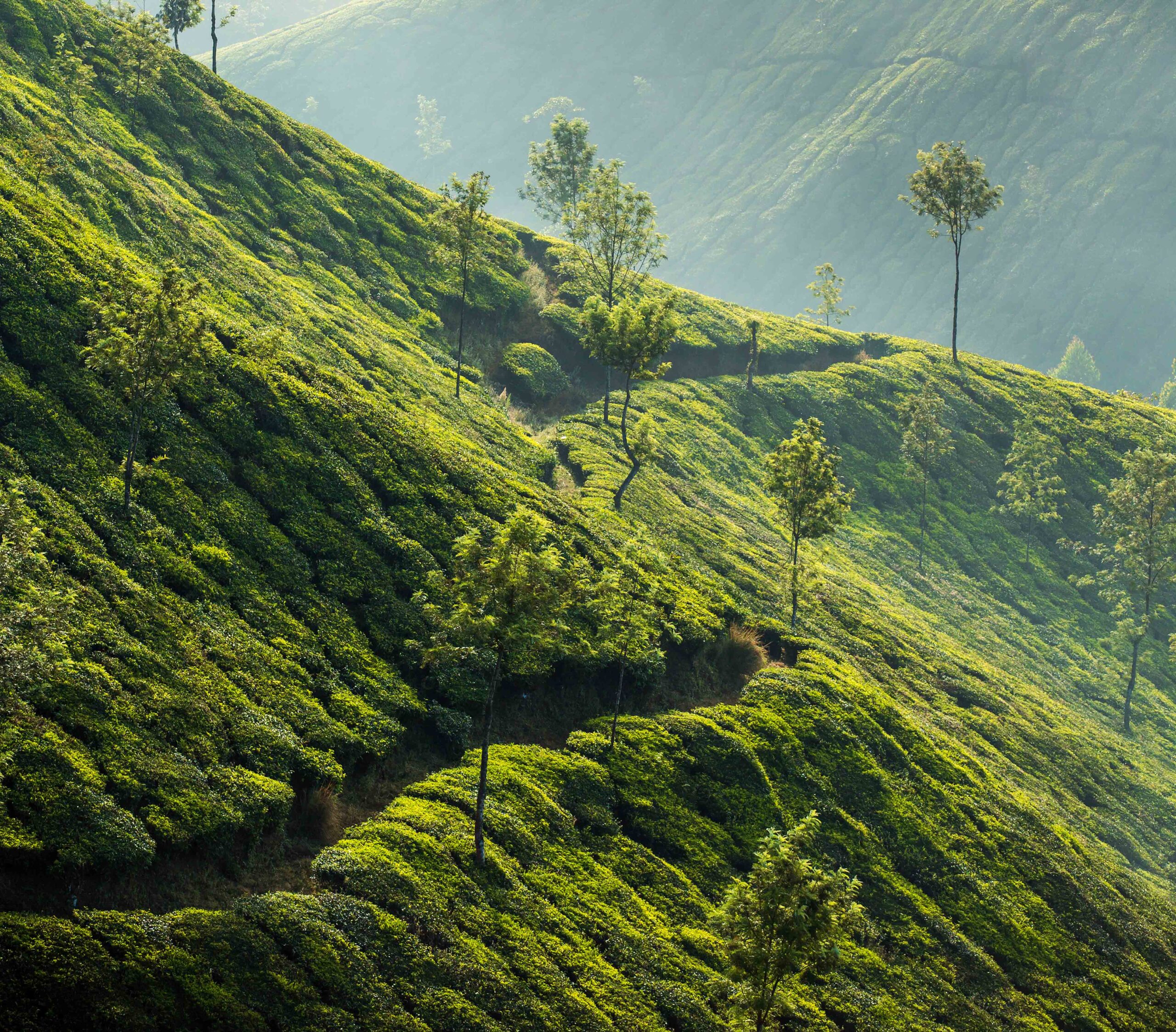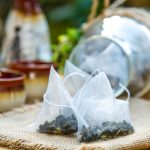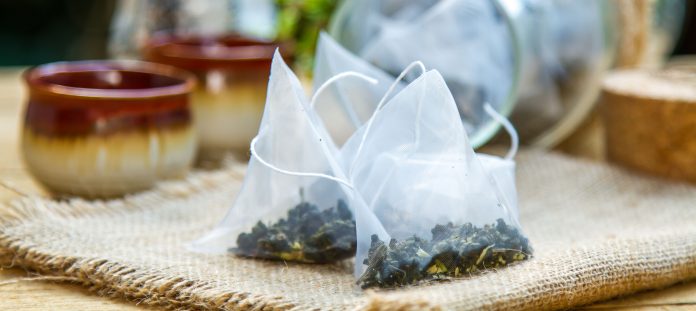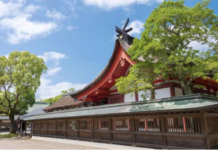Text: Rachel Kwek ZY

Situated in the foothills of the Himalayas in the state of West Bengal, Darjeeling is home to one of the most coveted tea varieties in the world. Darjeeling tea estates cover over 17,500 hectares and produce over nine million kilogrammes of tea each year. Around 50 percent of the people in the region are employed in tea production jobs.
Tea cultivation only began in the late 17th century when the British took efforts to understand the art and science of it. Dr A. Campbell first planted seeds of the Chinese tea variant, which he brought from Kumaon, in Darjeeling at an altitude of 700 feet.
In 1845, the India government set up an experimental nursery and started another at Lebong two years later. Commercial tea plantations in Darjeeling started in the 1850s and 113 plantations, covering 18,888 acres and accounting for a production of 3.9 million pounds, were set up by 1874.
A number of enterprising planters took over and tea cultivation rapidly proliferated across the foothills of the Himalayas and the hills of South India (now known for Nilgiri tea). Over time, cultivation practices are passed from generation to generation and the rich legacy of the Indian tea industry is unparalleled anywhere in the world. Introduced in 1986, the Darjeeling brand has come to represent a hallmark of excellence with a distinctive flavour unique to tea grown in this region.
The tea plant has very specific requirements in terms of soil and climatic conditions. Indian tea is primarily cultivated in the hills of North-eastern and Southern states at an altitude of 600 to 2000 metres. The cool and moist climate of this mountainous region bordering Nepal, Bhutan and Tibet gives Darjeeling tea its muscatel flavour — a taste James Norwood Pratt describes as ‘a unique muscat-like fruitiness in aroma and flavour’.

Benefits of Darjeeling Tea:
- Flavonoids in it reduce the effects of free radicals and lower your risk of developing oxidative stress, which are responsible for cancer
- Antioxidants found in this tea can also help to protect the integrity of the blood vessels and arteries and thus lowers the risk of heart attacks, strokes and atherosclerosis
- Prevents gastric ulcers as it prevents a specific type of bacteria that often increases the chances of ulcer development
- improves dental health as its antibacterial and immune-boosting properties can eliminate bacteria and fungi in the mouth that can lead to cavities and bad breath
- aids weight loss primarily because caffeine in it stimulates metabolism and thus increase fat and calorie burn
- stimulates digestion and soothe symptoms of constipation
Read more stories like this in Asian Geographic No. 133 (2018-2019).











